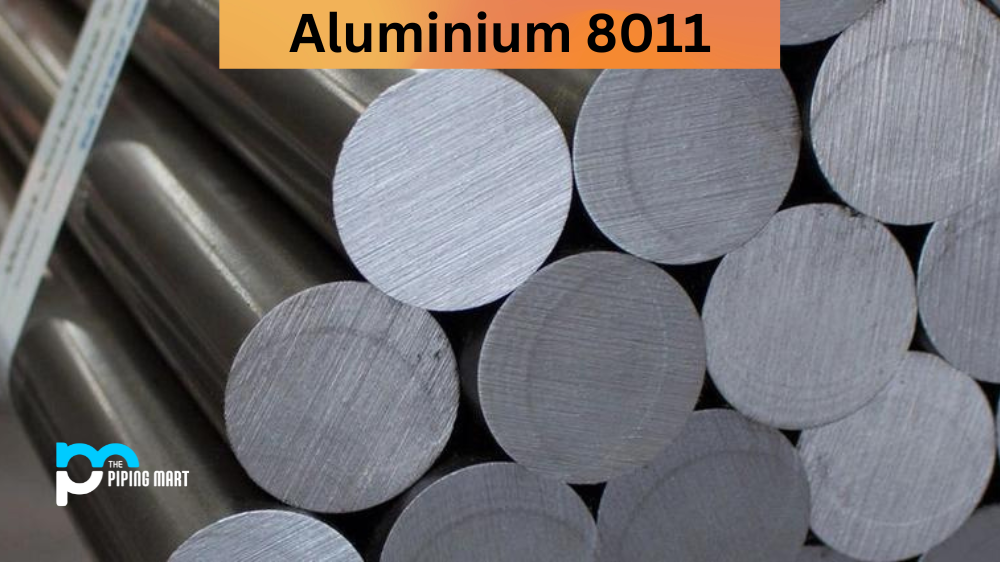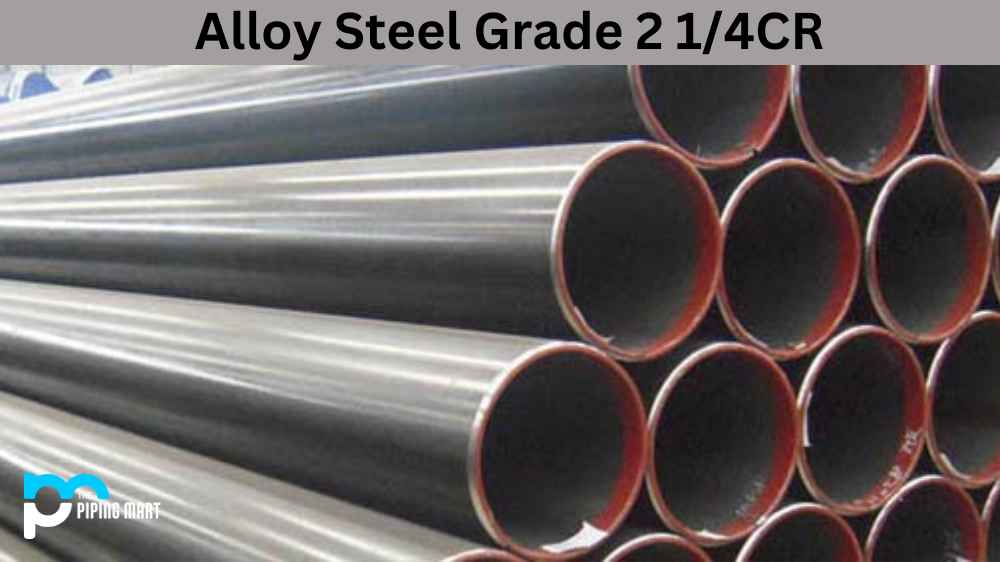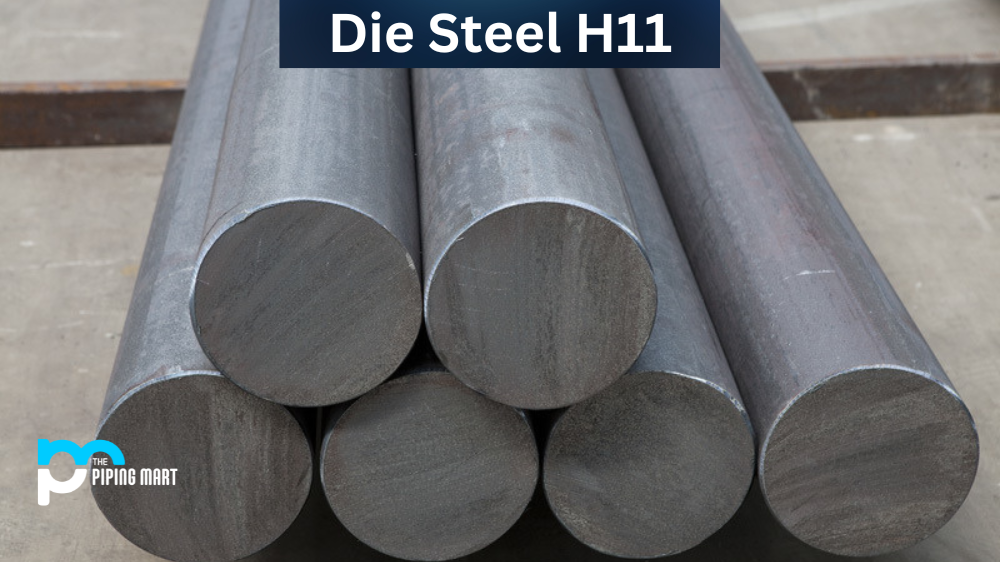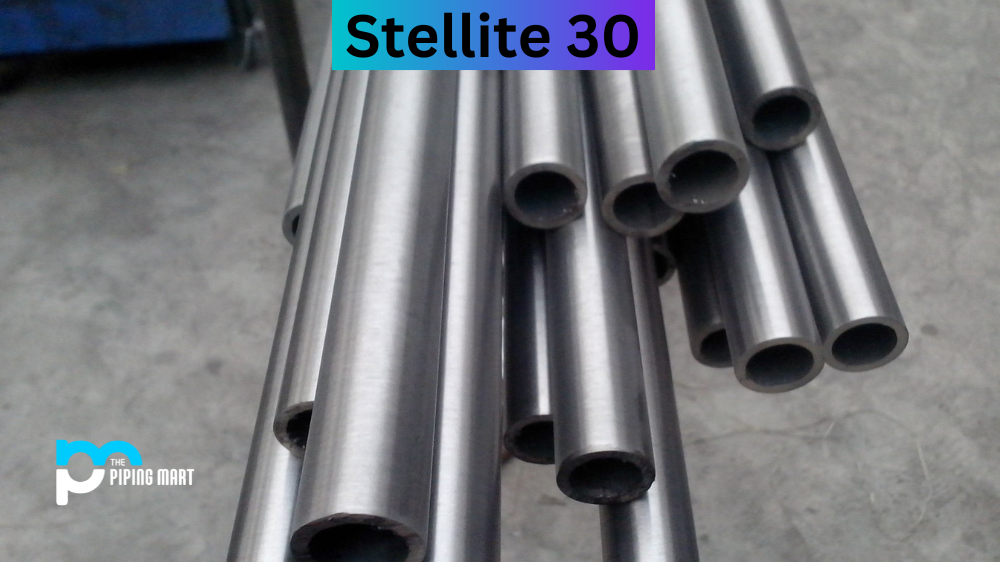Aluminium 8011 is an alloy of aluminum, magnesium, and manganese, and it has many uses in a range of industries. 8011 Alloy’s corrosion resistance, heat treatment capabilities, machinability, and weldability make it a great choice for many applications. In this blog, we’ll discuss the properties and advantages of UNS A98011 in detail.
8011 Alloy Composition
| Element | Content (%) |
|---|---|
| Aluminum, Al | 97.3 – 98.9 |
| Iron, Fe | 0.60 – 1 |
| Silicon, Si | 0.50 – 0.90 |
| Manganese, Mn | ≤ 0.20 |
| Zinc, Zn | ≤ 0.10 |
| Copper, Cu | ≤ 0.10 |
| Titanium, Ti | ≤ 0.080 |
| Chromium, Cr | ≤ 0.050 |
| Magnesium, Mg | ≤ 0.050 |
| Remainder (each) | ≤ 0.050 |
| Remainder (total) | ≤ 0.15 |
8011 Alloy Physical Properties
| Properties | Metric | Imperial |
|---|---|---|
| Density | 2.71 g/cm³ | 0.0979 lb/in³ |
8011 Alloy Mechanical Properties
8011 Alloy Uses
aluminium 8011 is used in the production of products such as kitchen utensils, aircraft components, aluminum foil and insulation materials. It can also be used to manufacture building elements such as window frames, doors and siding. Due to its strength and lightweight, it is also used in the automotive industry for car body parts and wheels.
Corrosion Resistance
aluminum 8011 offers excellent corrosion resistance due to its high content of magnesium and manganese. The alloy provides excellent protection against oxidation, which makes it a great choice for outdoor applications where exposure to moisture or saltwater could be an issue. This means that products made from aluminium 8011 will last longer without having to be replaced or repaired due to oxidation damage.
Heat Treatment
Heat treatment is often needed when working with metals like aluminum 8011 as it helps improve the material’s mechanical properties, such as its hardness or strength. Heat treating can also help reduce stresses within the material, which can lead to cracking or warping after welding or machining operations have been completed. Heat treatment is typically done by heating up the material to a specific temperature before allowing it to cool down at a controlled rate afterwards.
Machining
Machining aluminium 8011 can be done with various tools, including drills, cutting tools and milling machines depending on what type of part needs to be produced. The alloy is relatively easy to machine compared to other metals, but care must be taken when doing so as it can produce large amounts of heat, which may cause warping if not handled correctly.
Welding
Aluminium 8011 Welding aluminum 8011 requires special attention because of its tendency to crack during welding operations due to its high thermal conductivity. It should be welded using either TIG (Tungsten Inert Gas) or MIG (Metal Inert Gas) processes with proper shielding gas mixtures in order to ensure optimal performance during welding operations.
Conclusion:
Aluminium 8111 is an incredibly versatile alloy that has numerous applications in various industries due to its strength, lightweight and corrosion resistance properties. It offers excellent heat treatment capabilities, which makes it ideal for products that need extra durability or strength against environmental elements like moisture or saltwater exposure. Additionally, its machinability and weldability make it perfect for producing complex parts with tight tolerances while remaining cost-effective at the same time. For these reasons, aluminium 8111 should be considered for your next project!

A passionate metal industry expert and blogger. With over 5 years of experience in the field, Palak brings a wealth of knowledge and insight to her writing. Whether discussing the latest trends in the metal industry or sharing tips, she is dedicated to helping others succeed in the metal industry.




